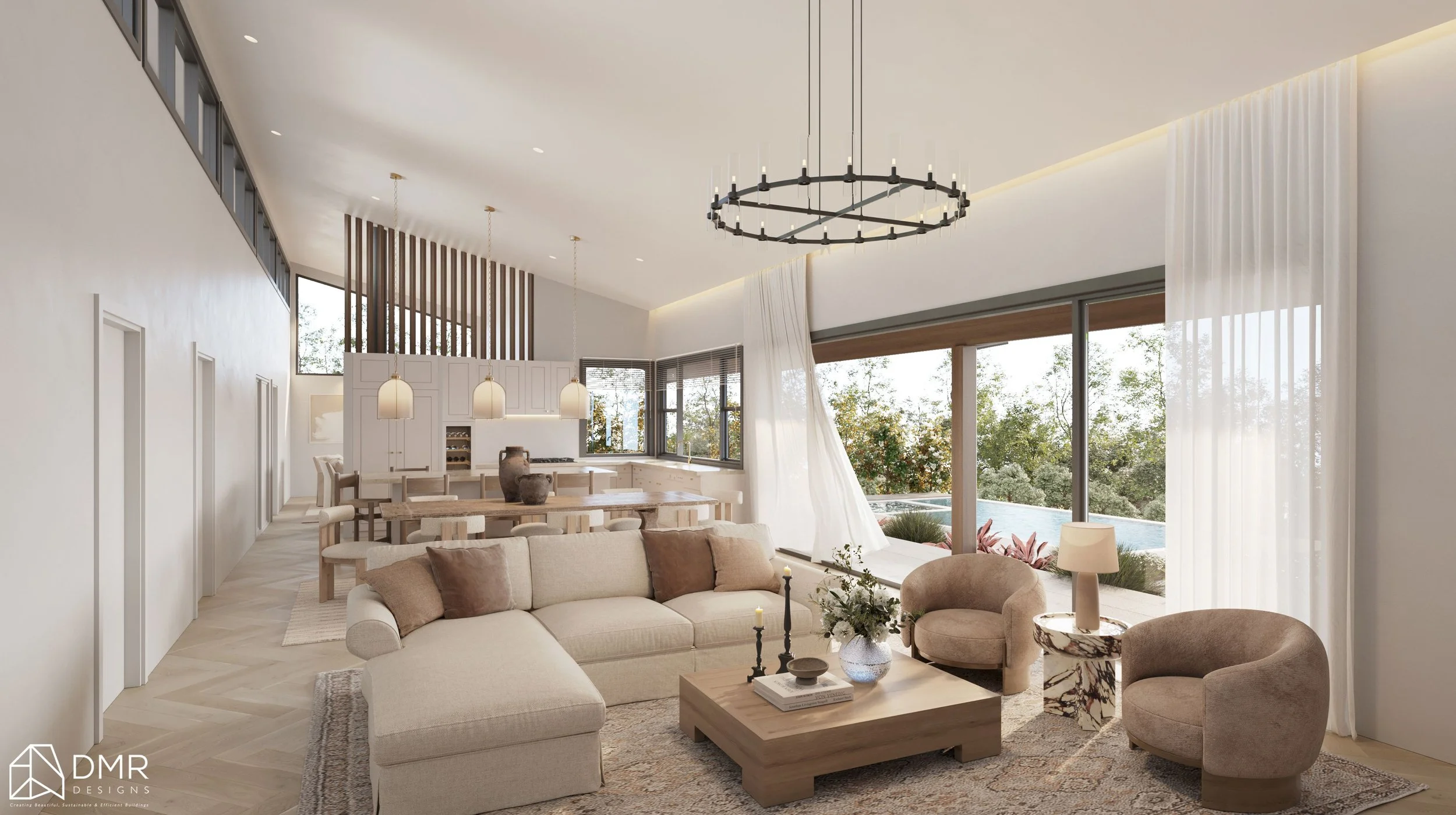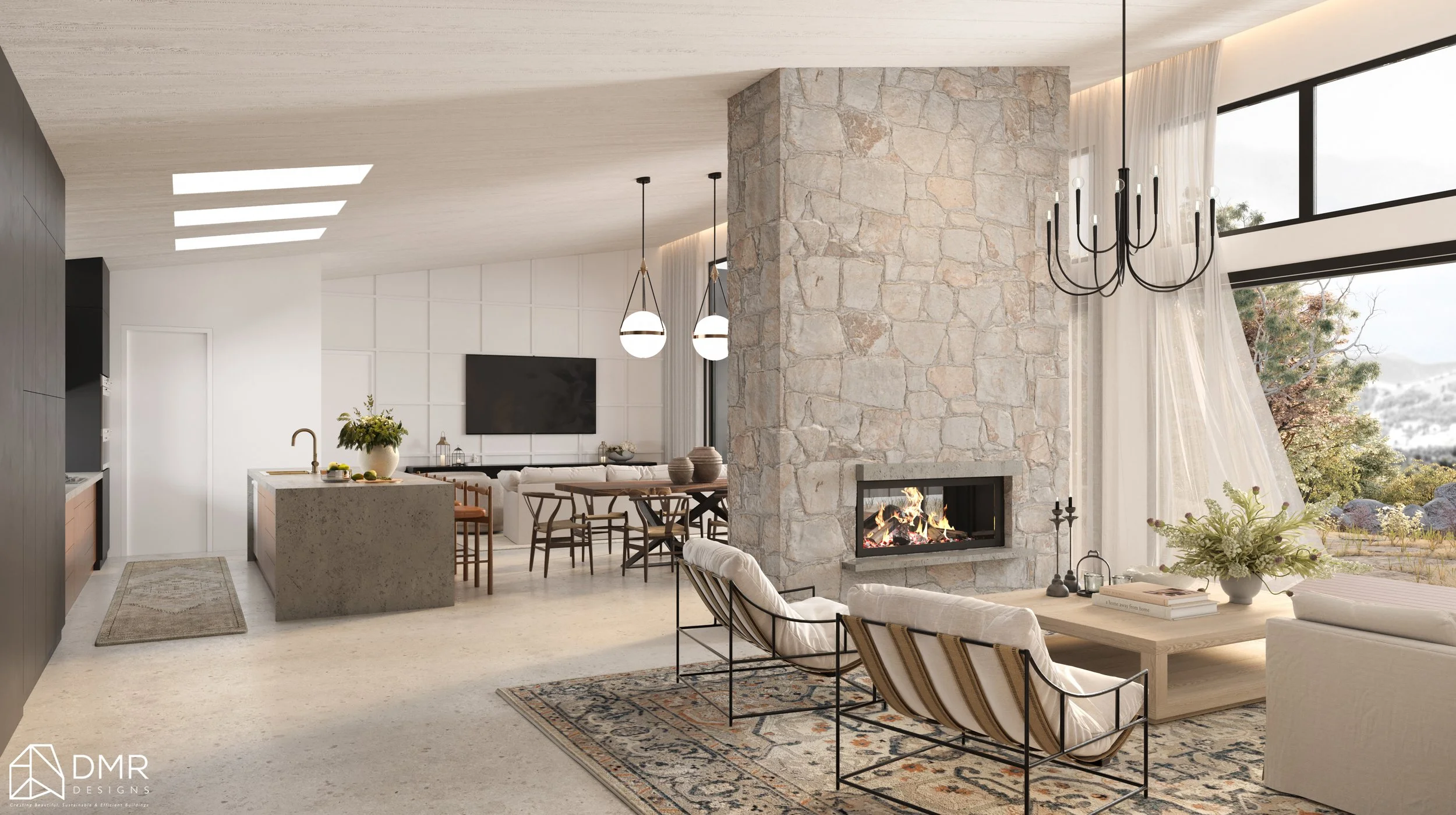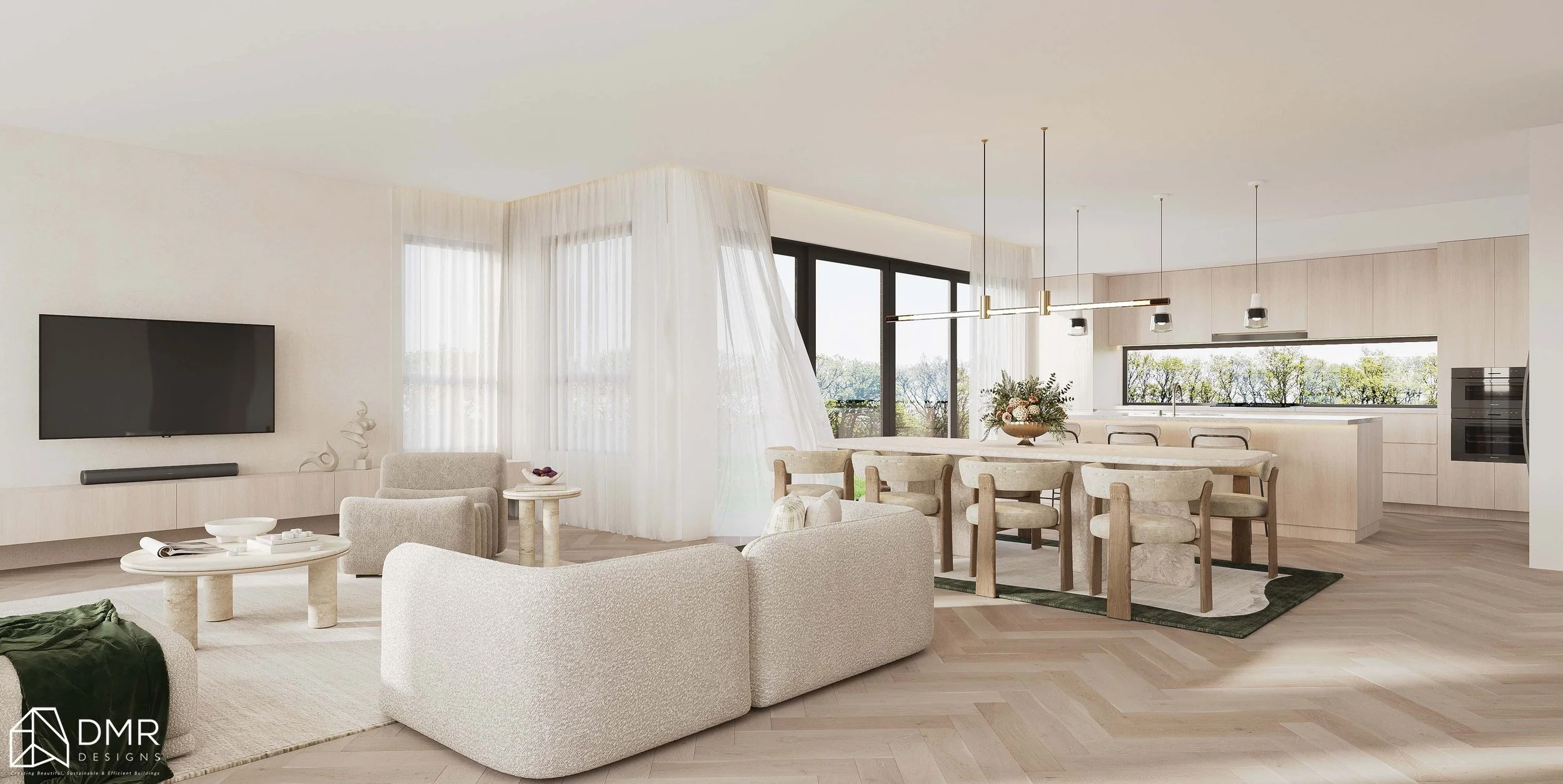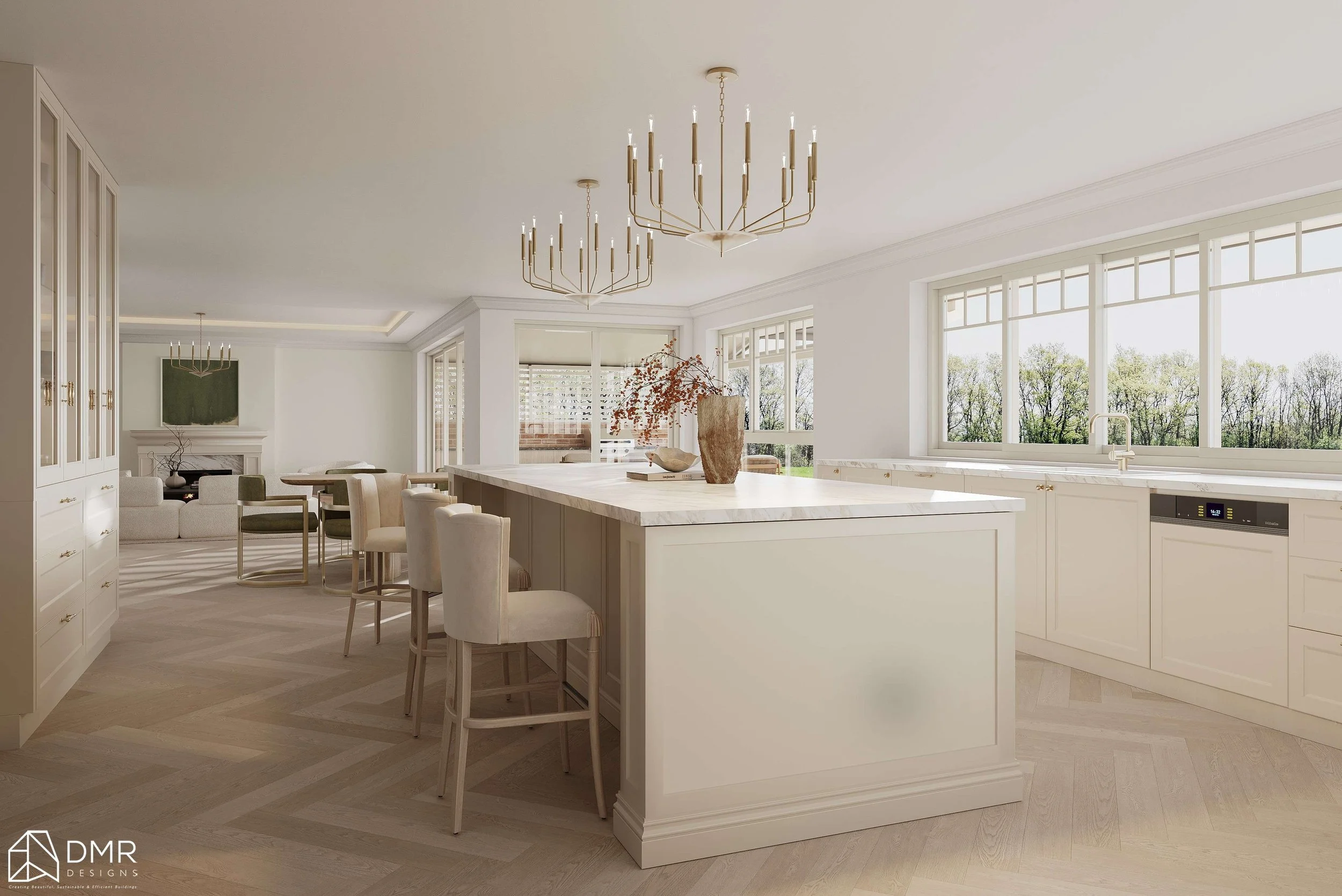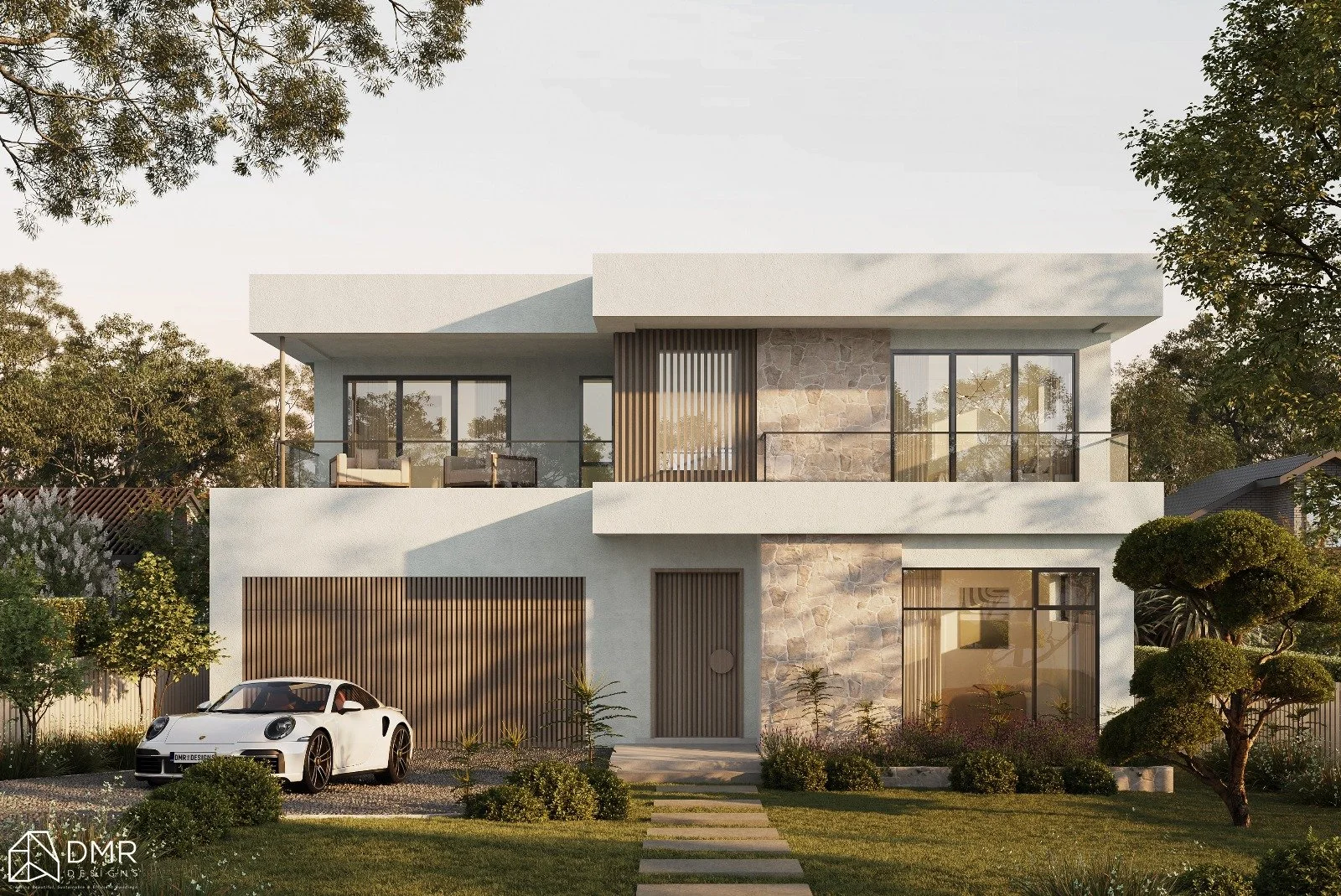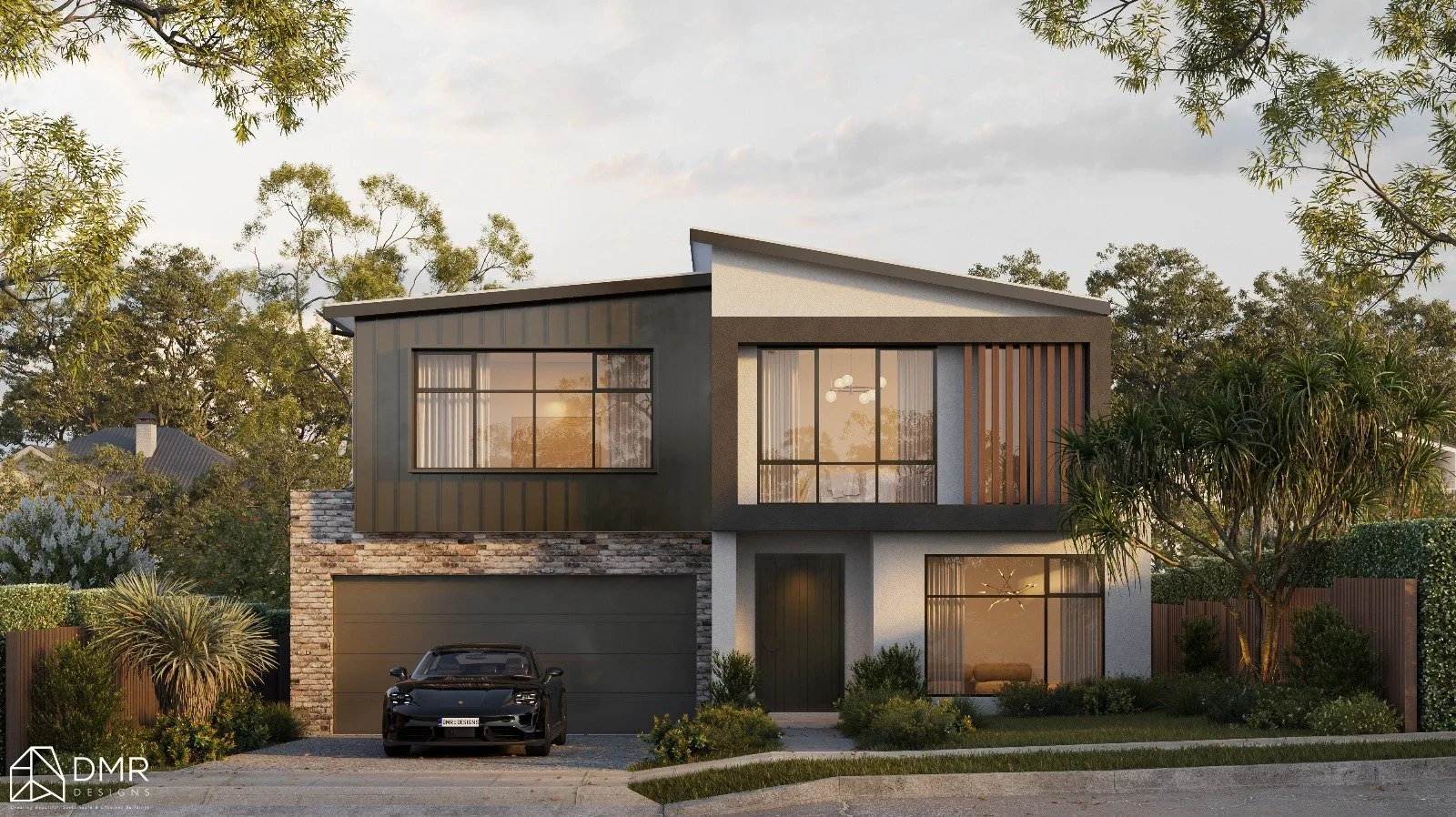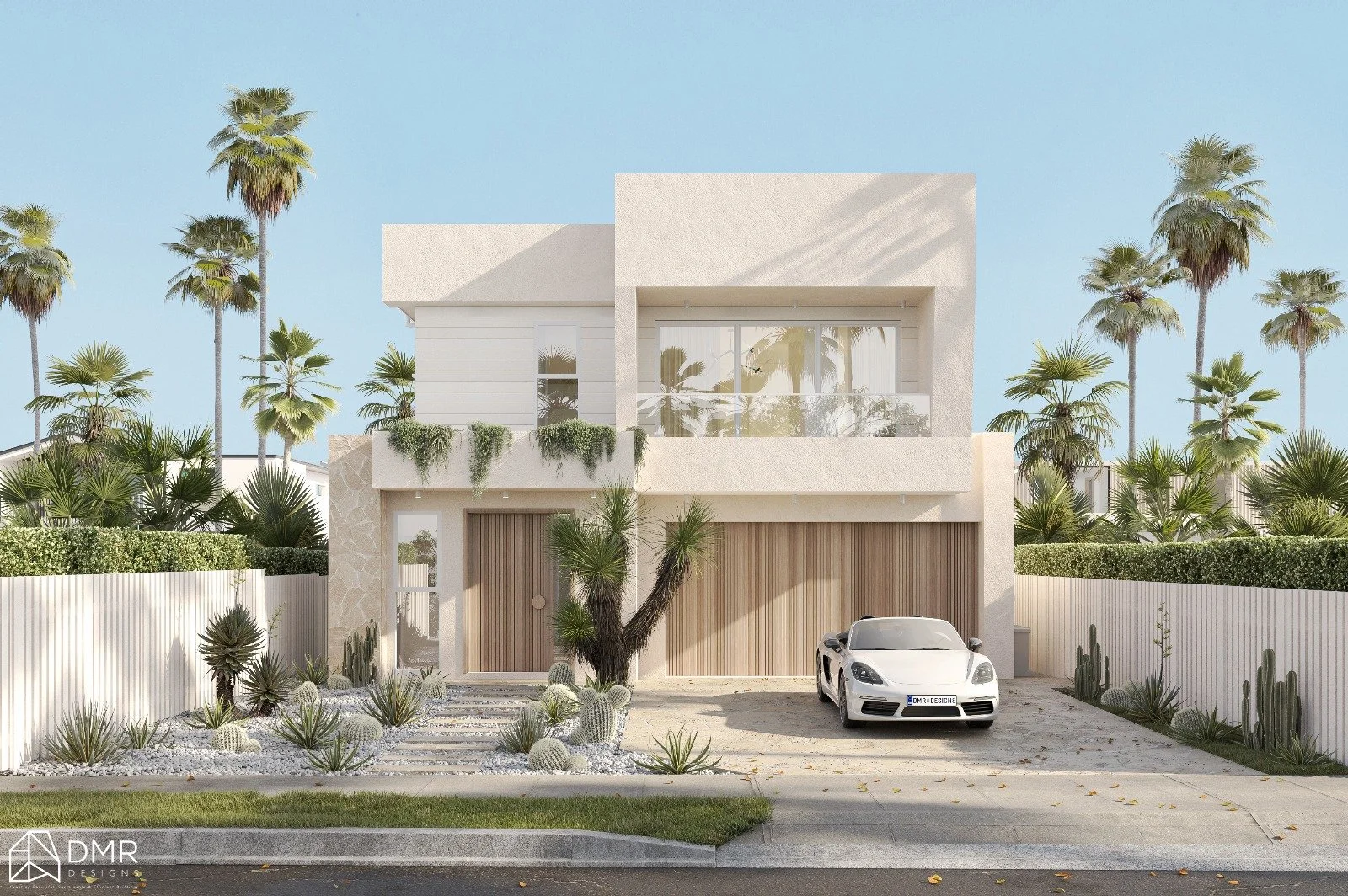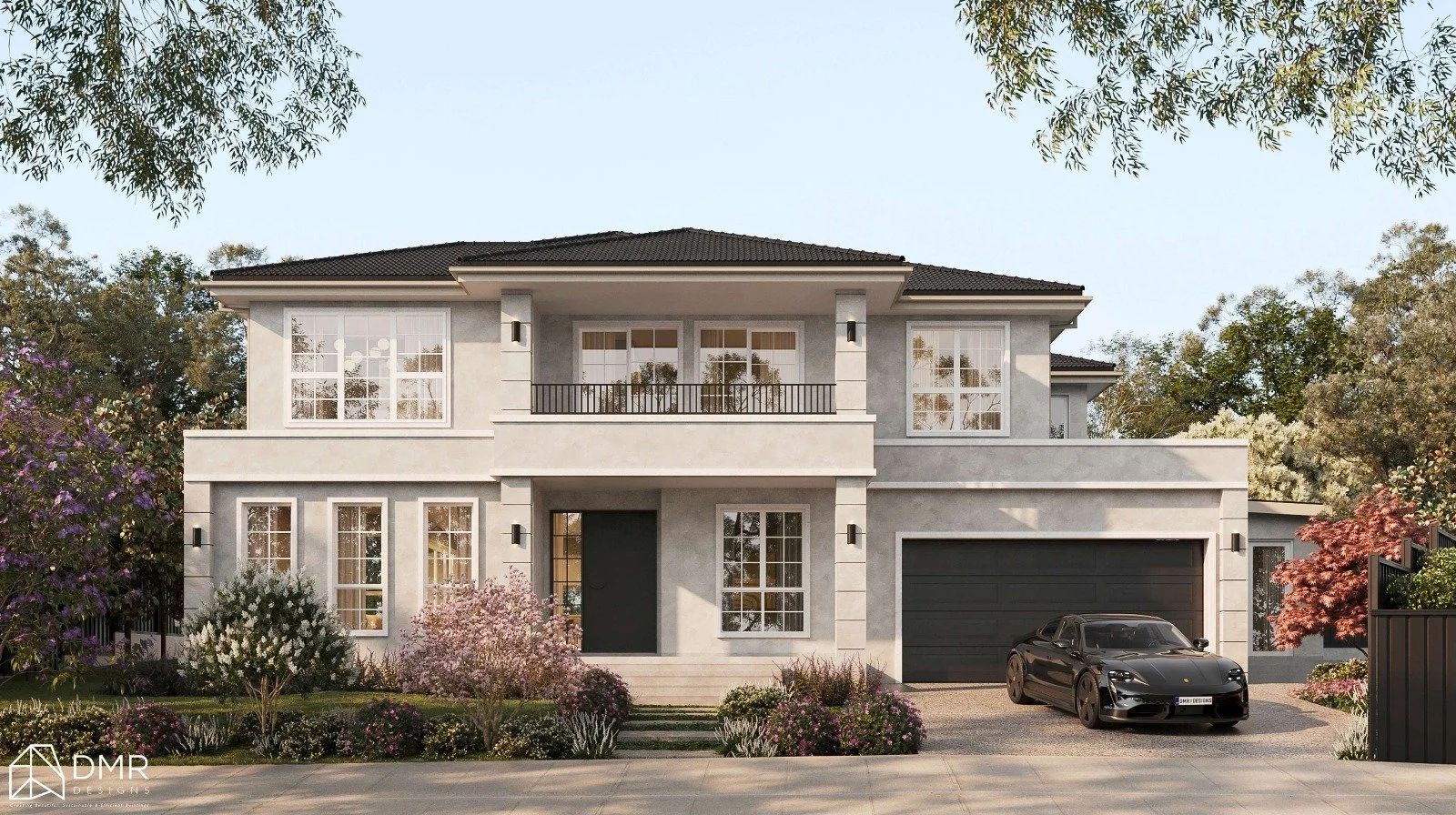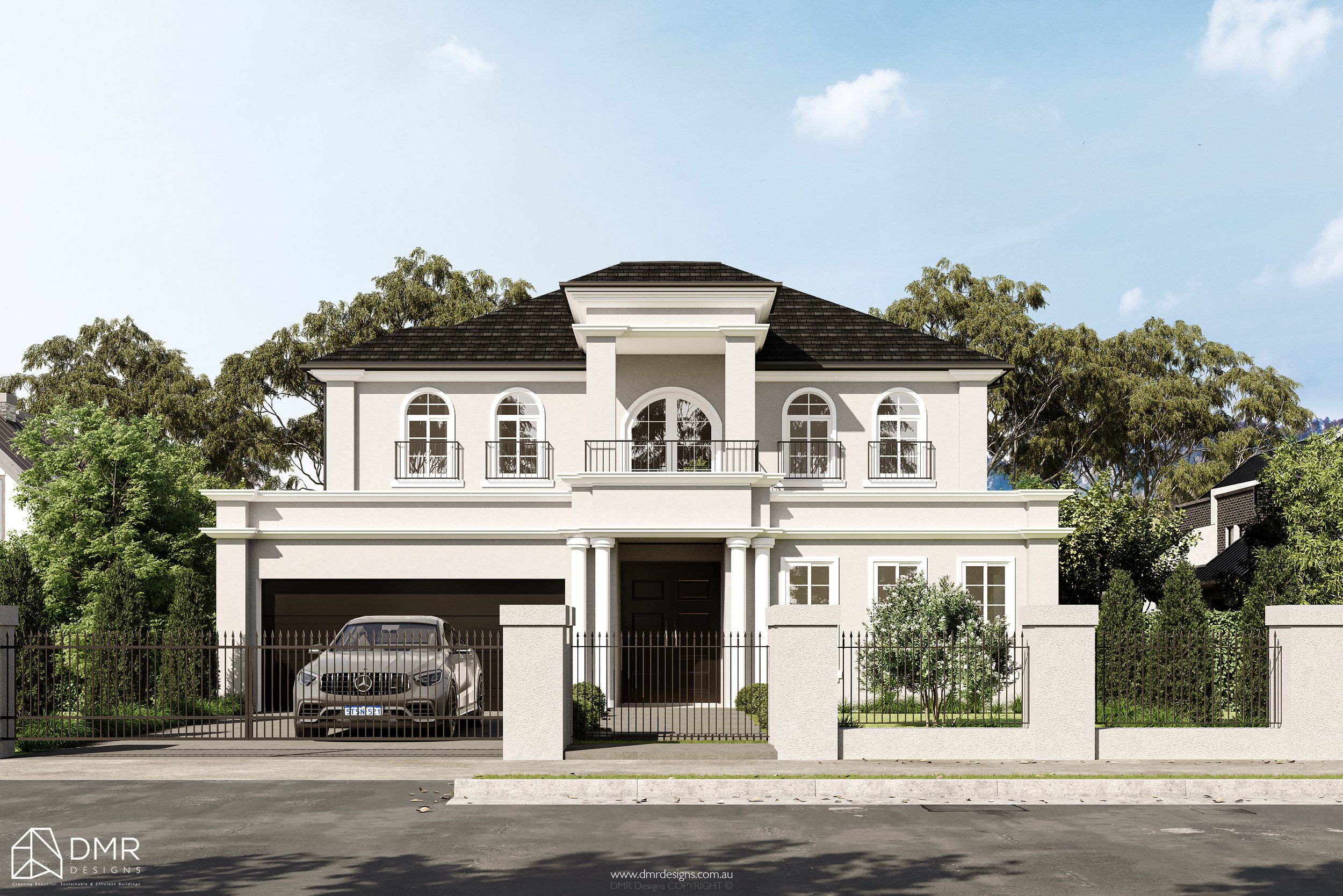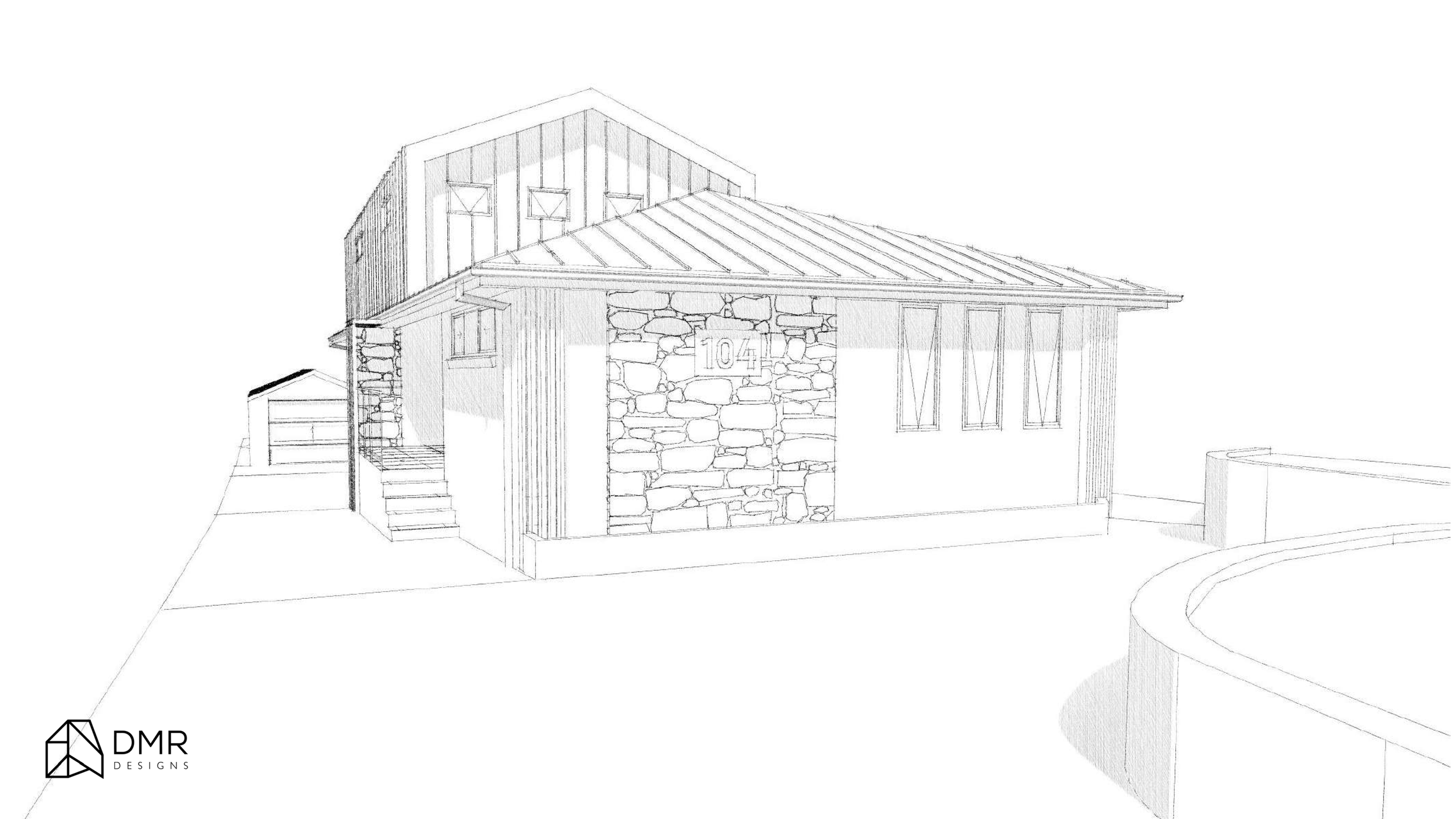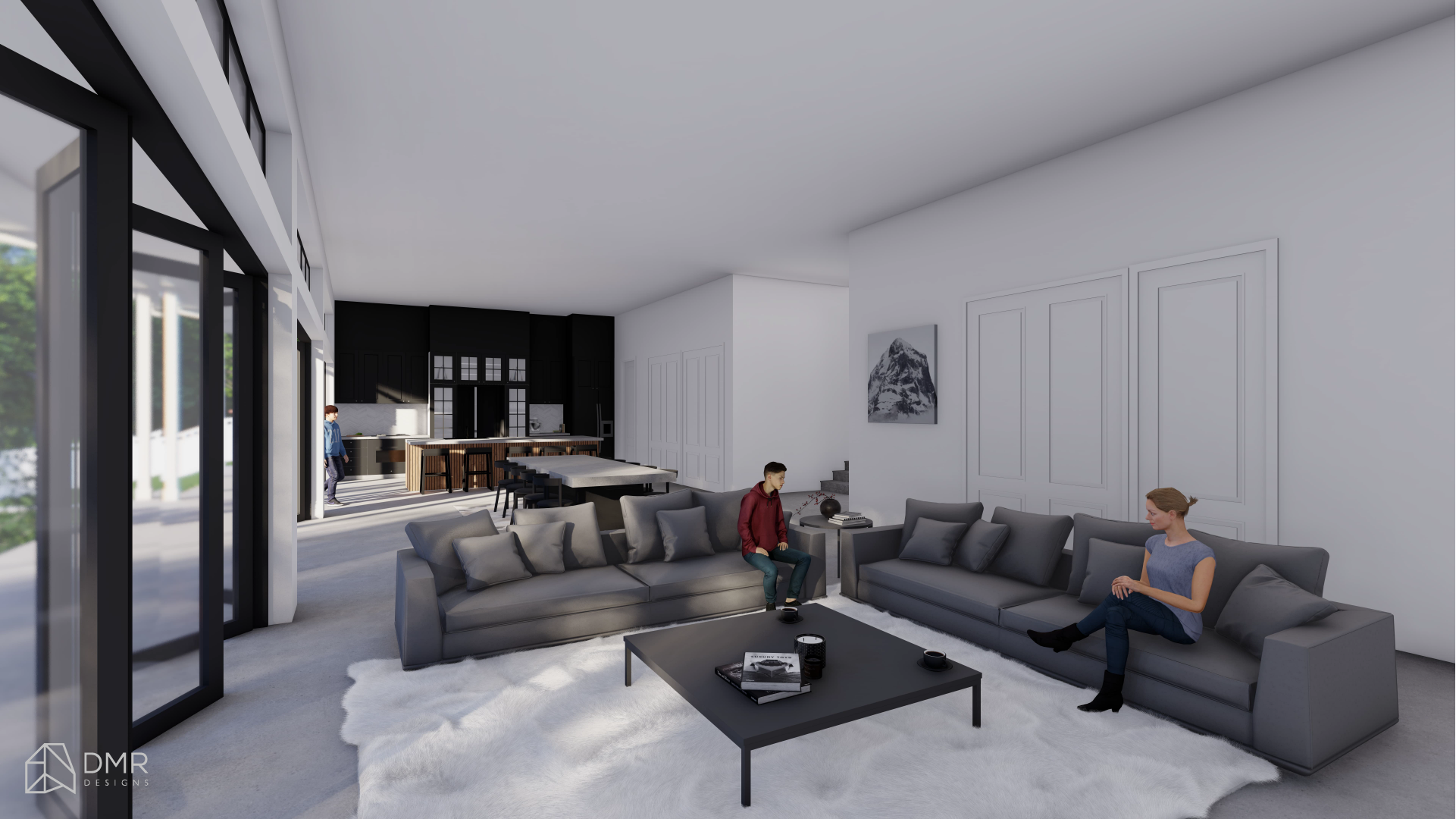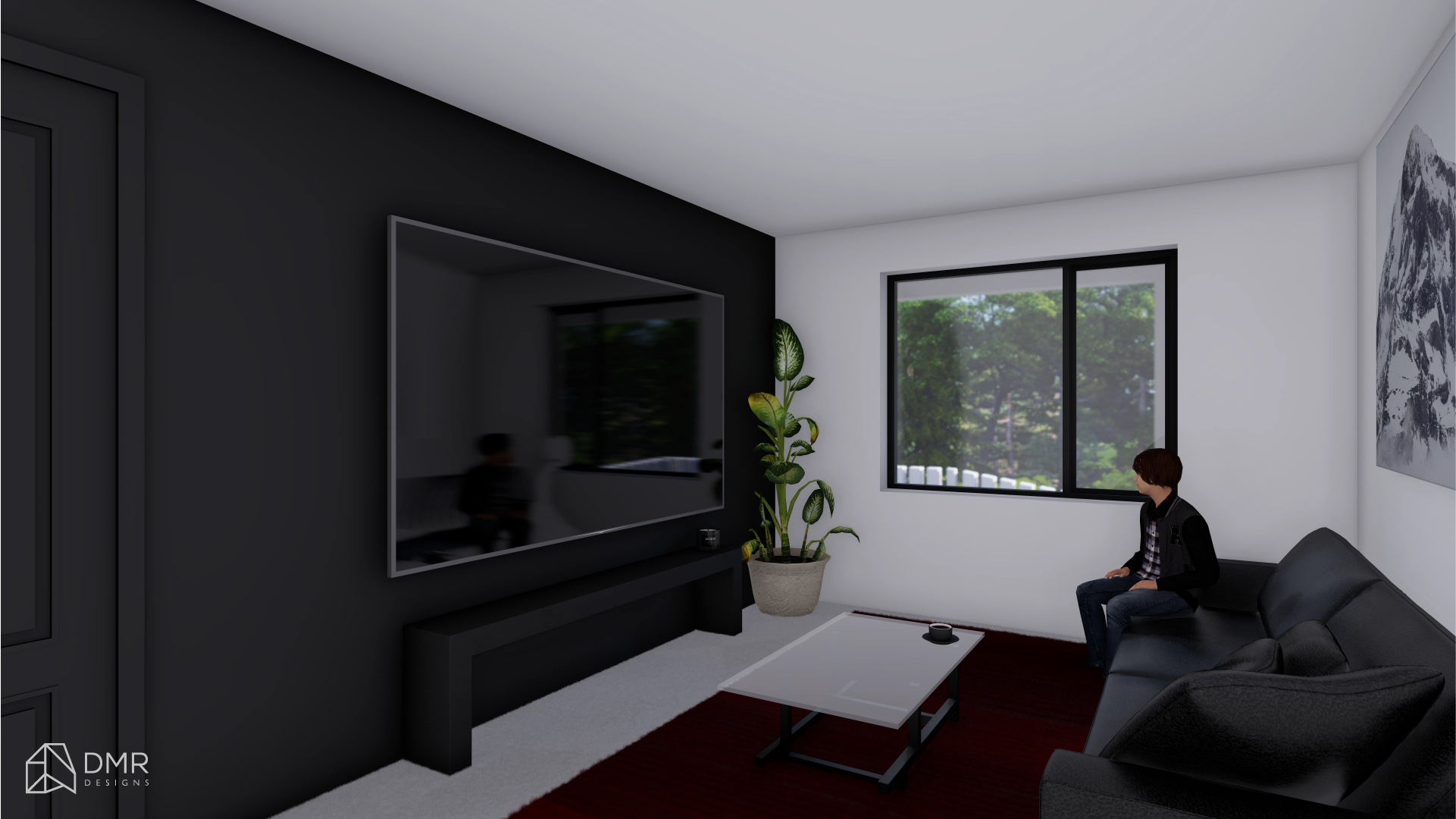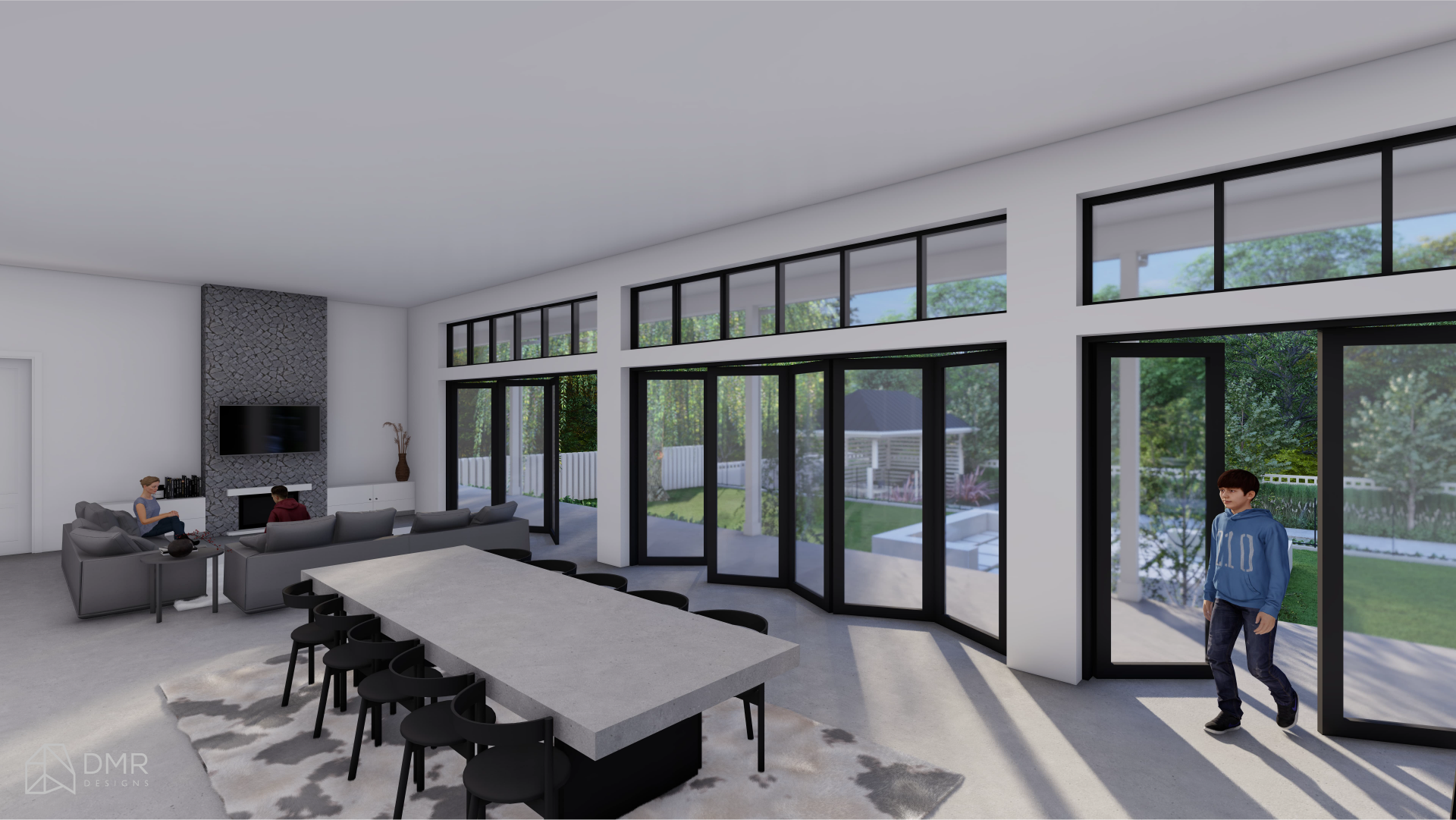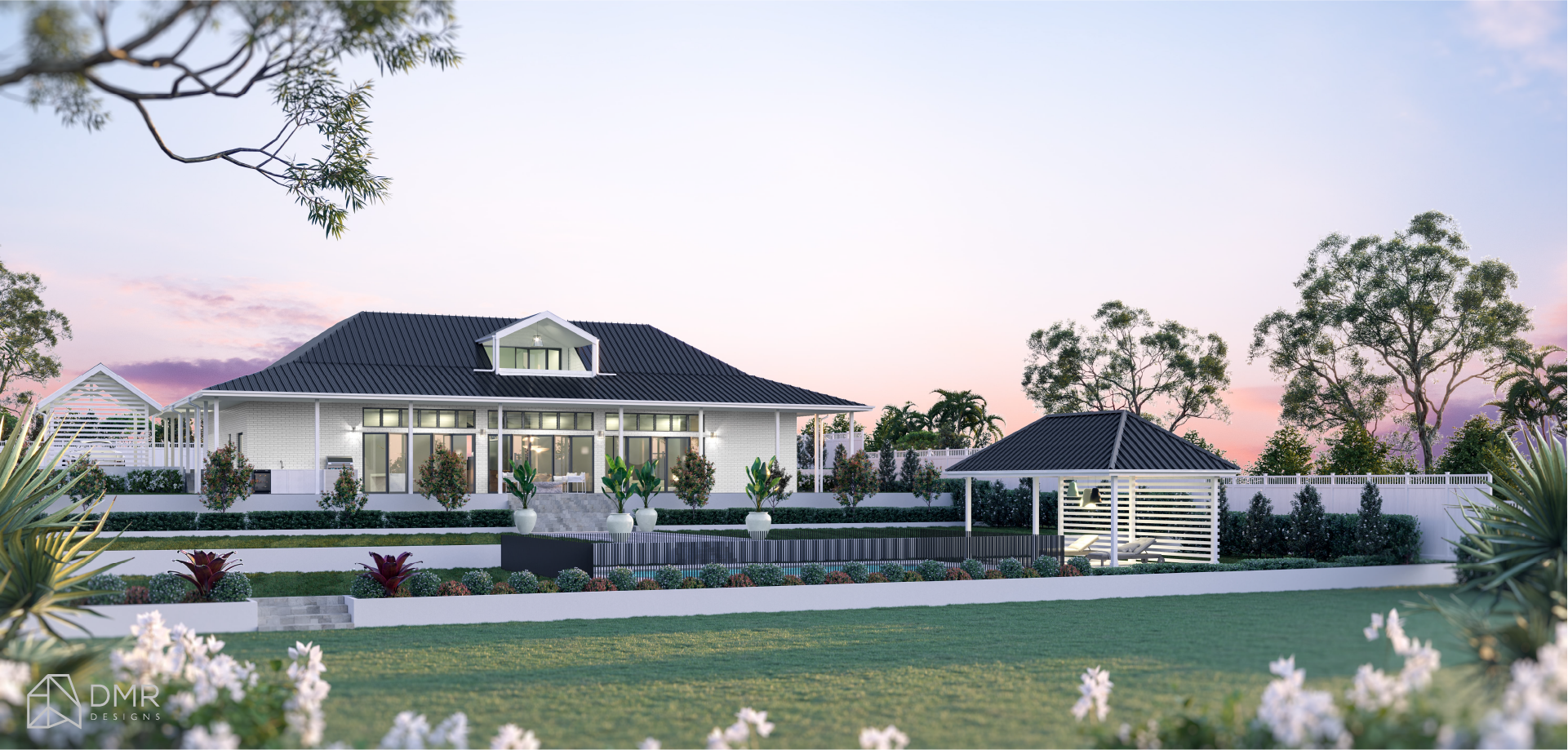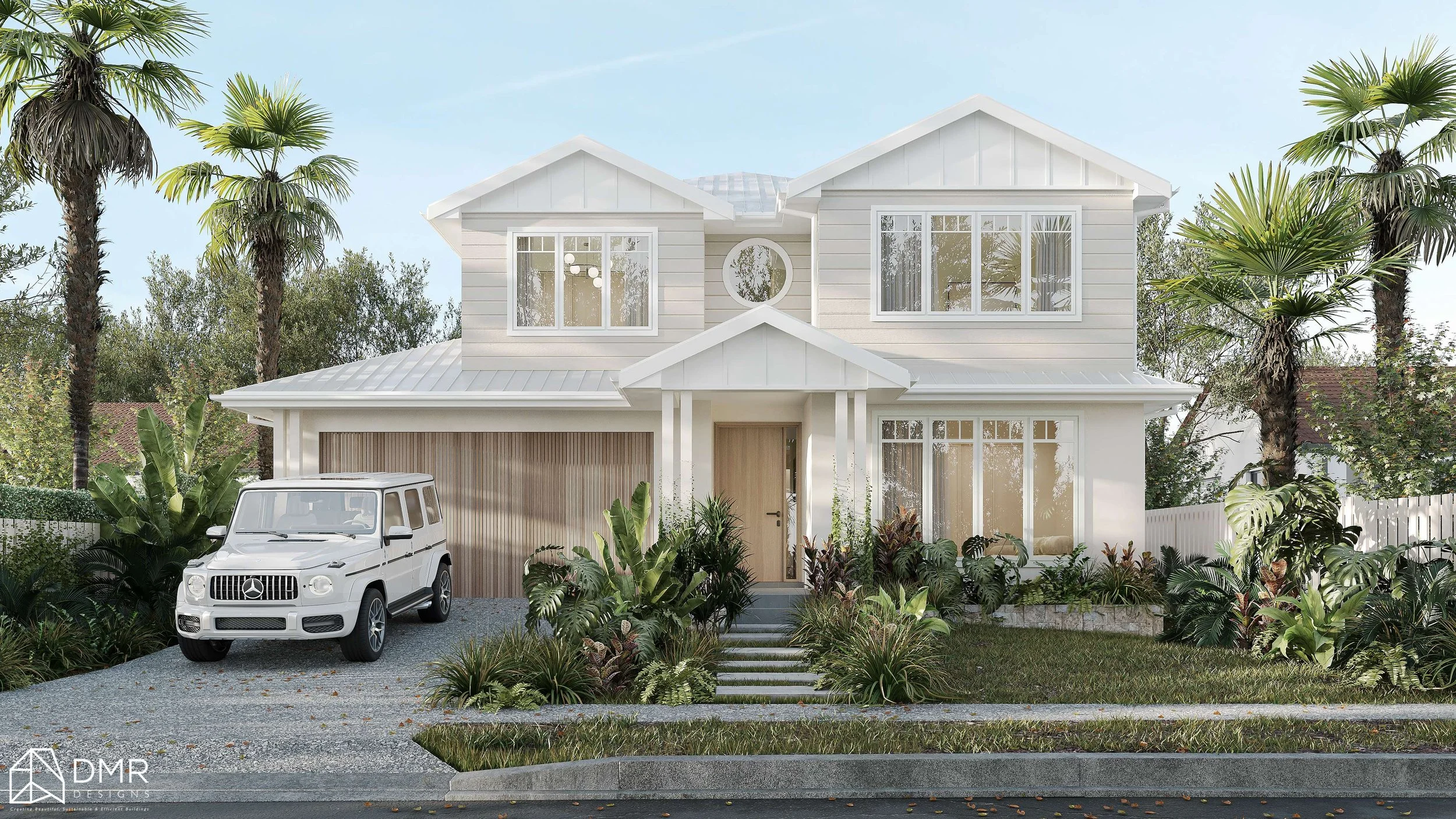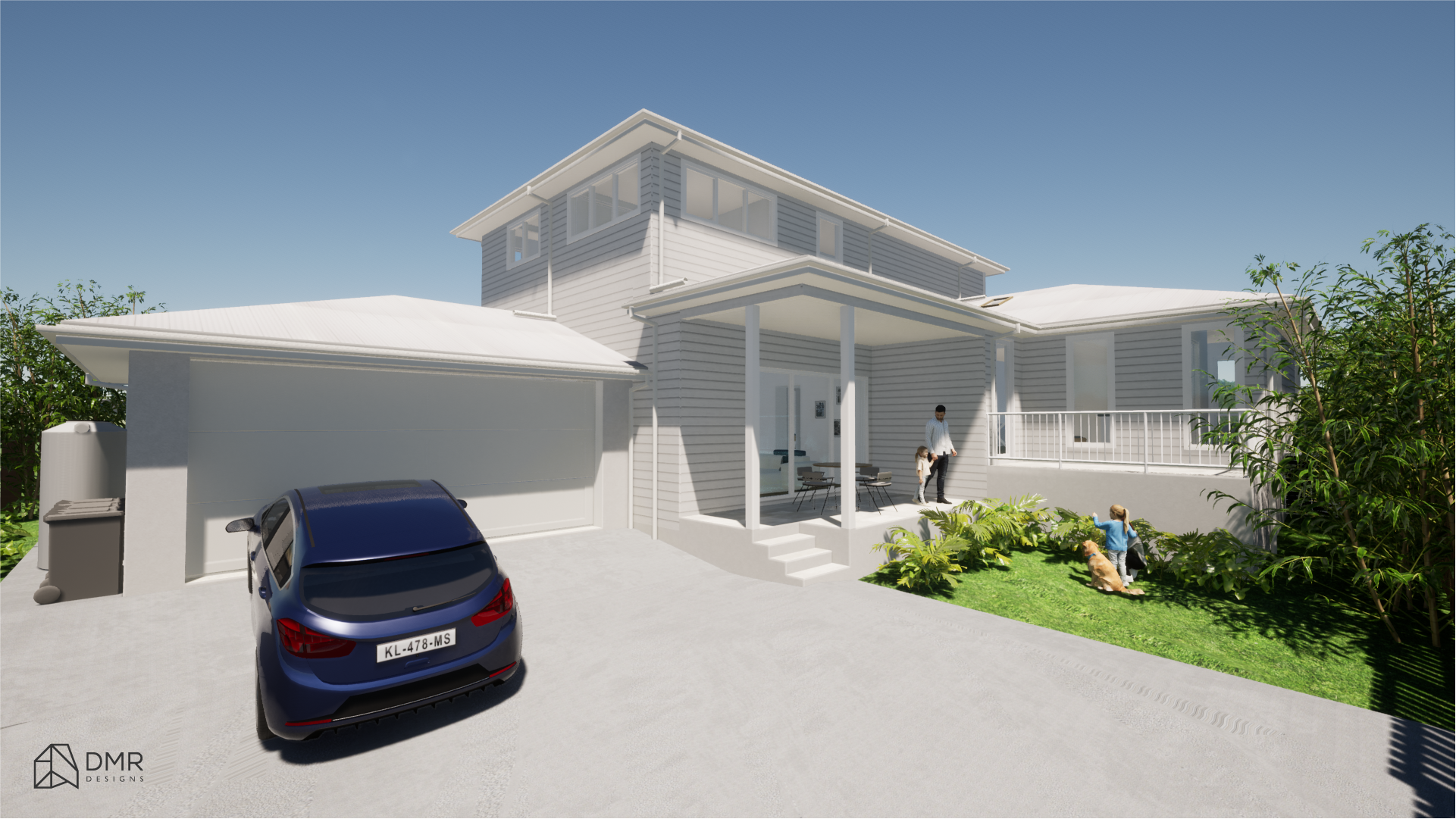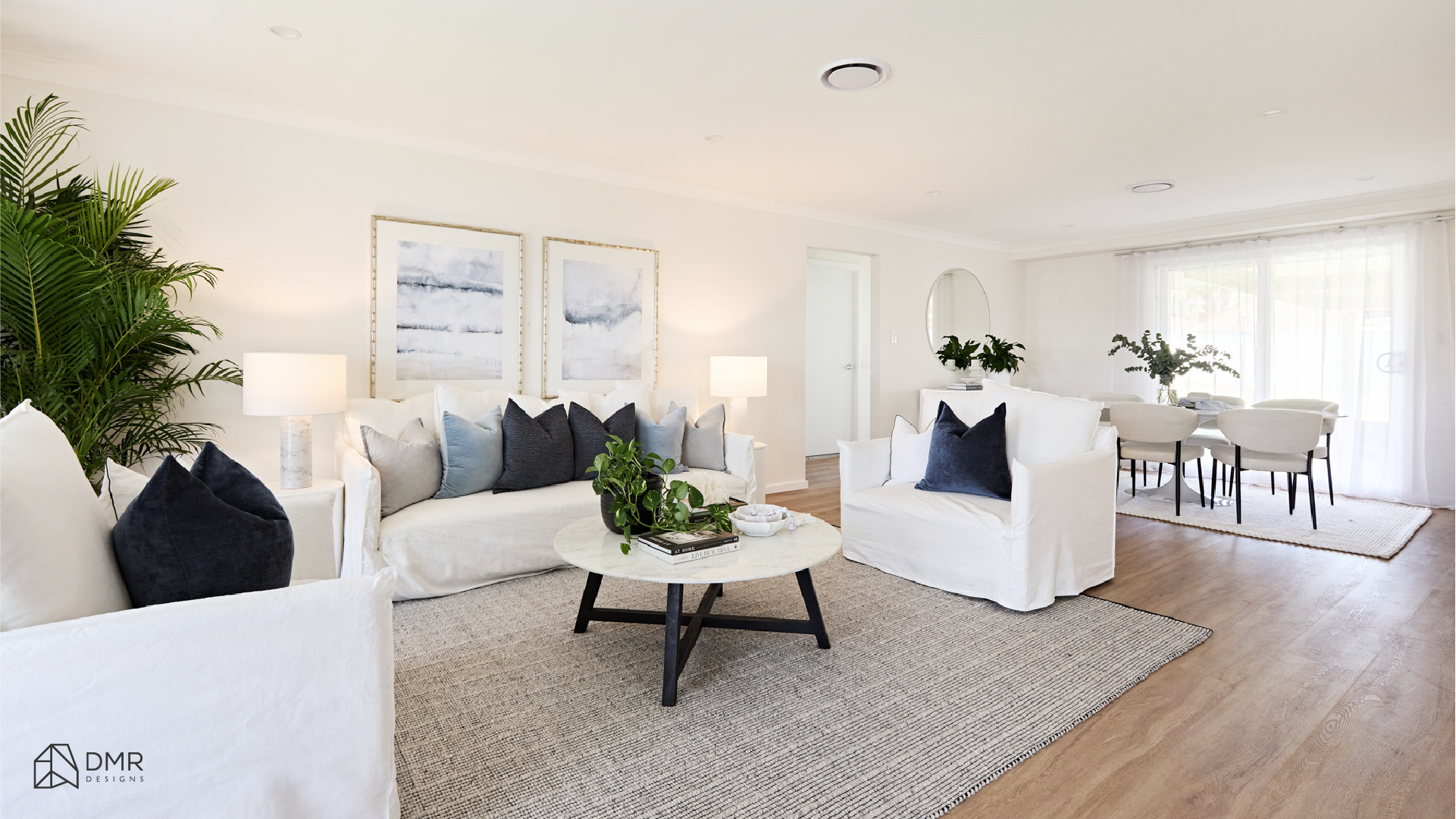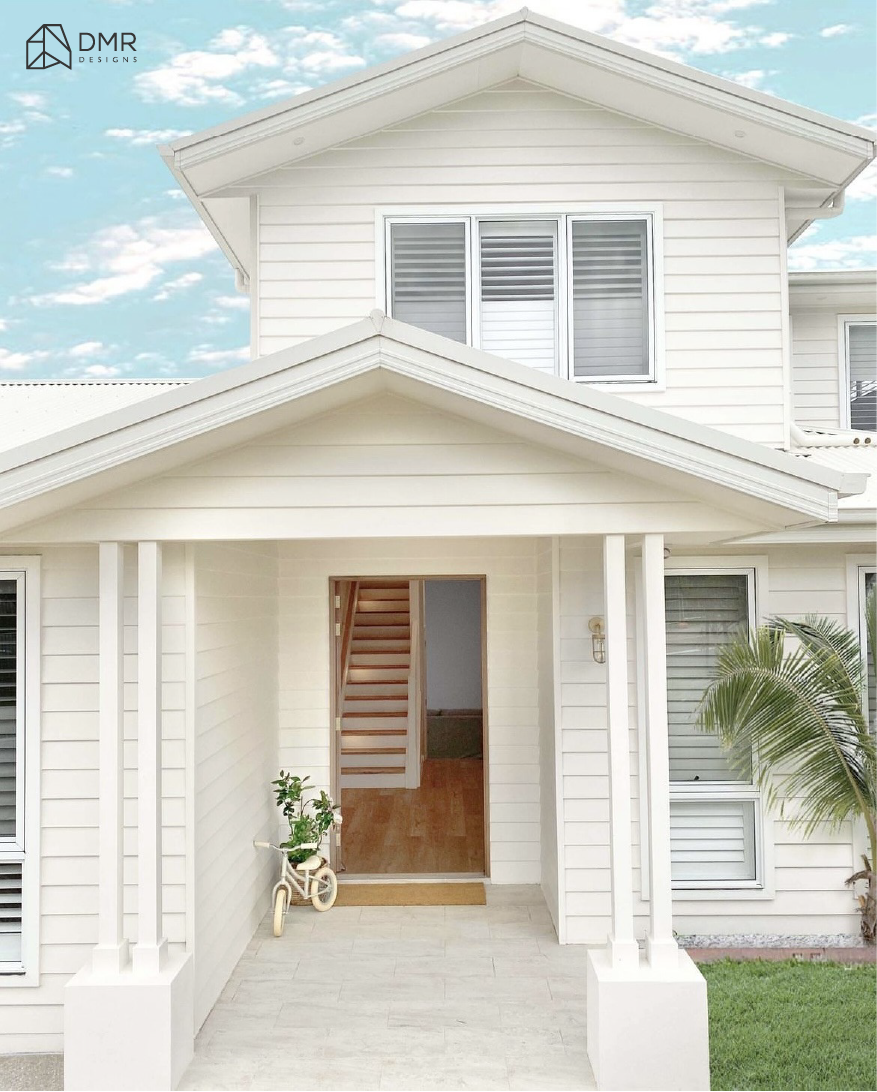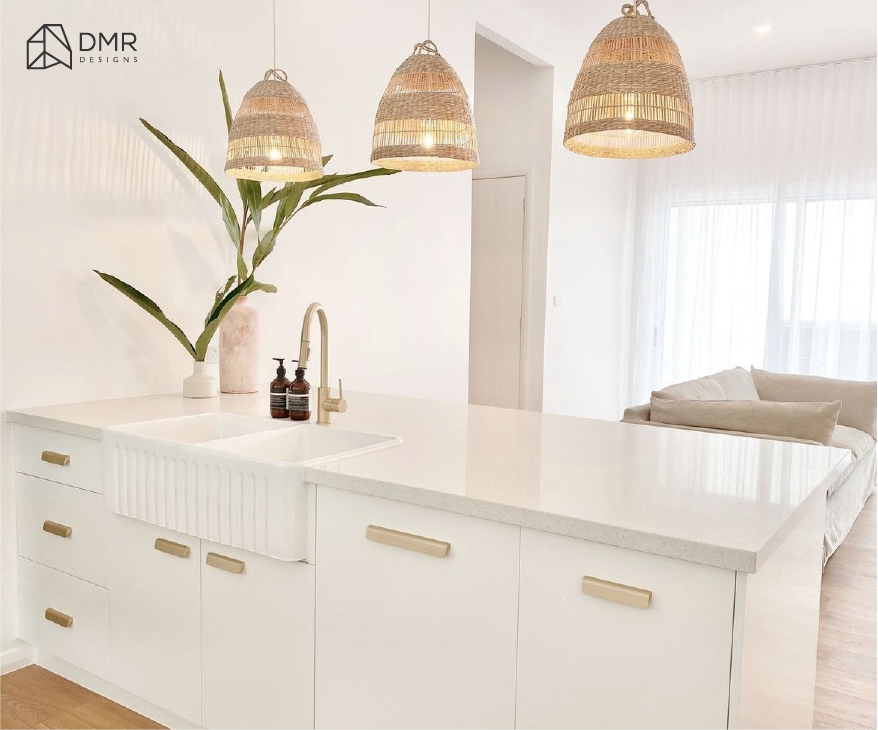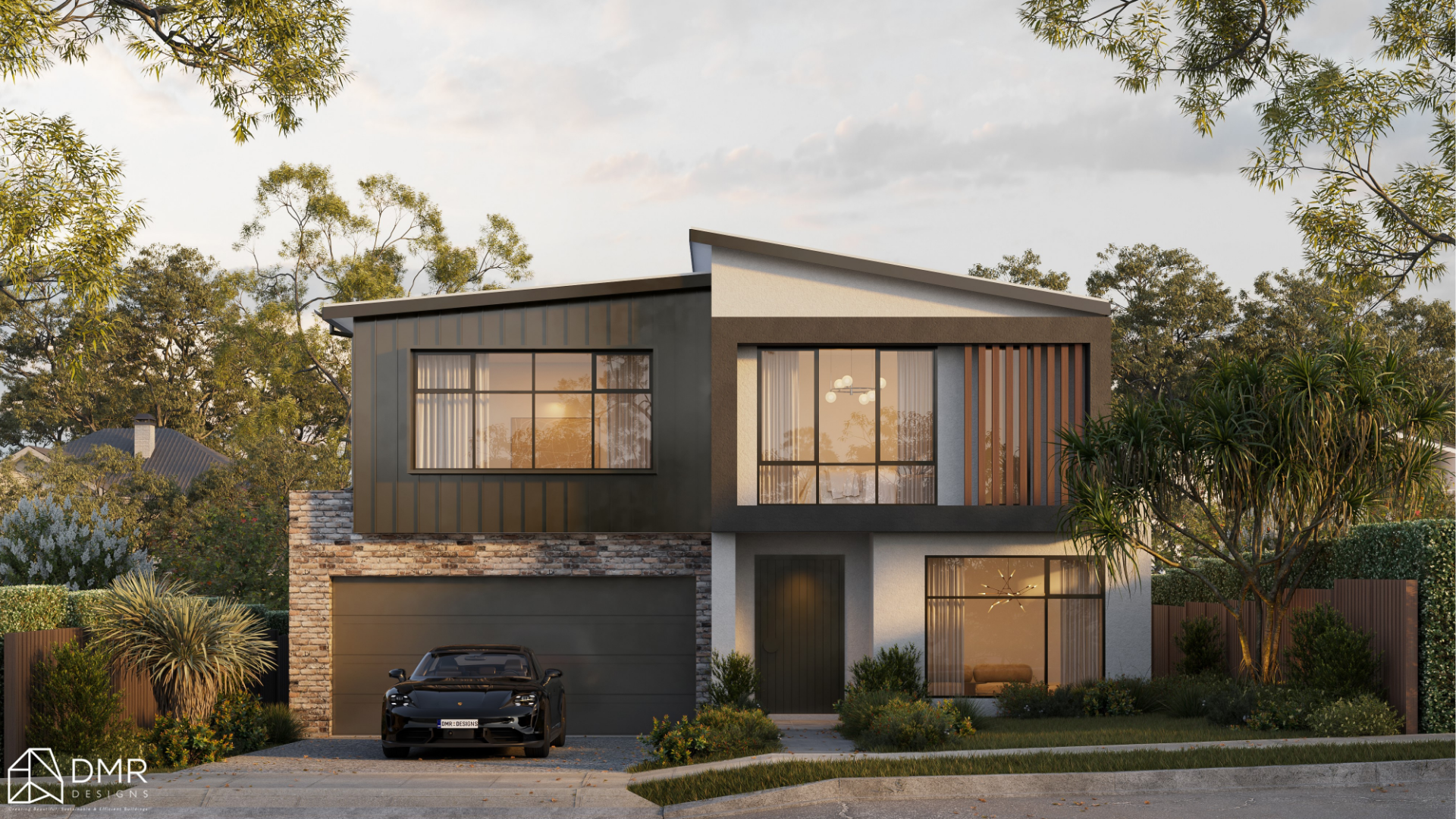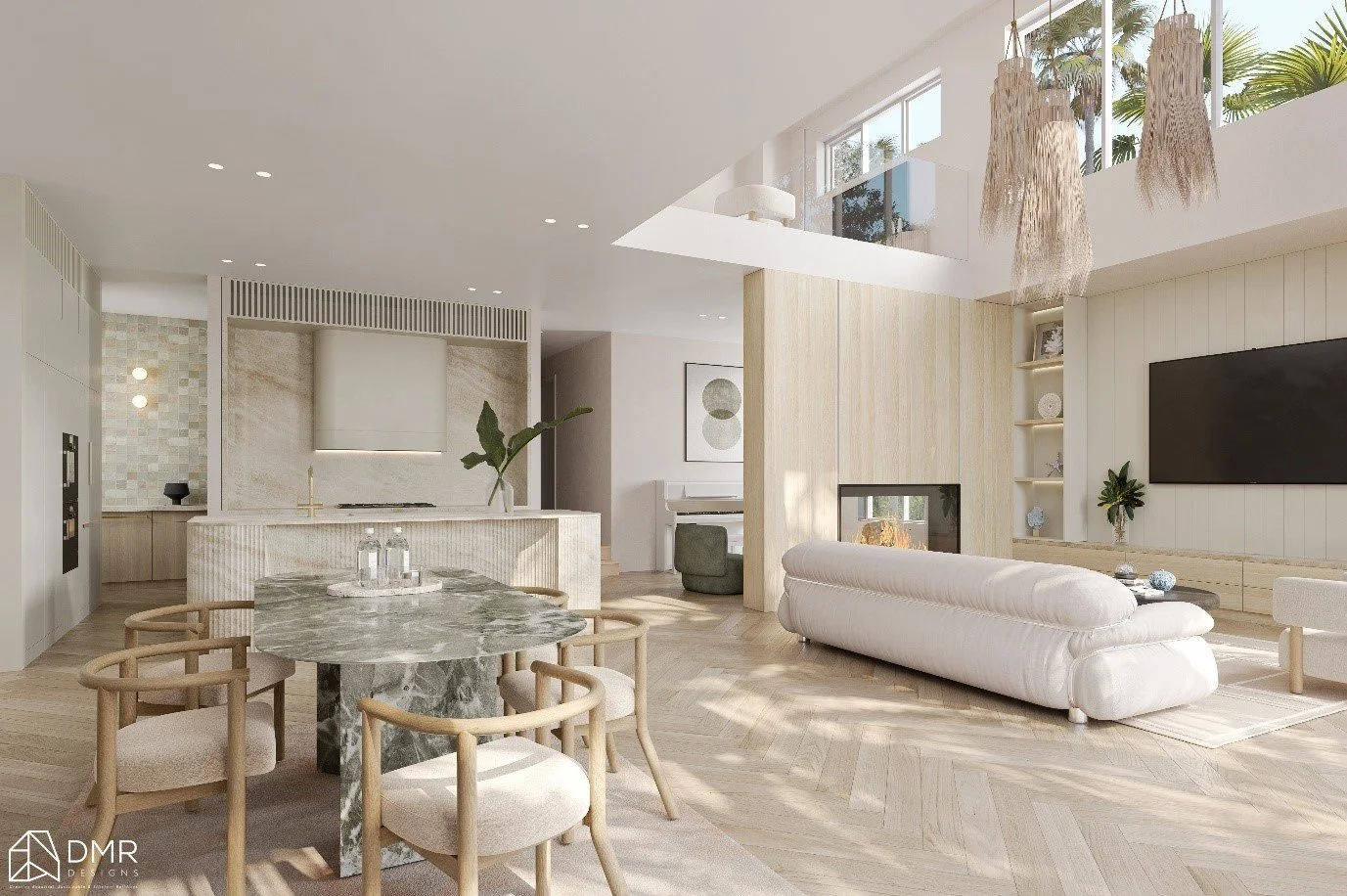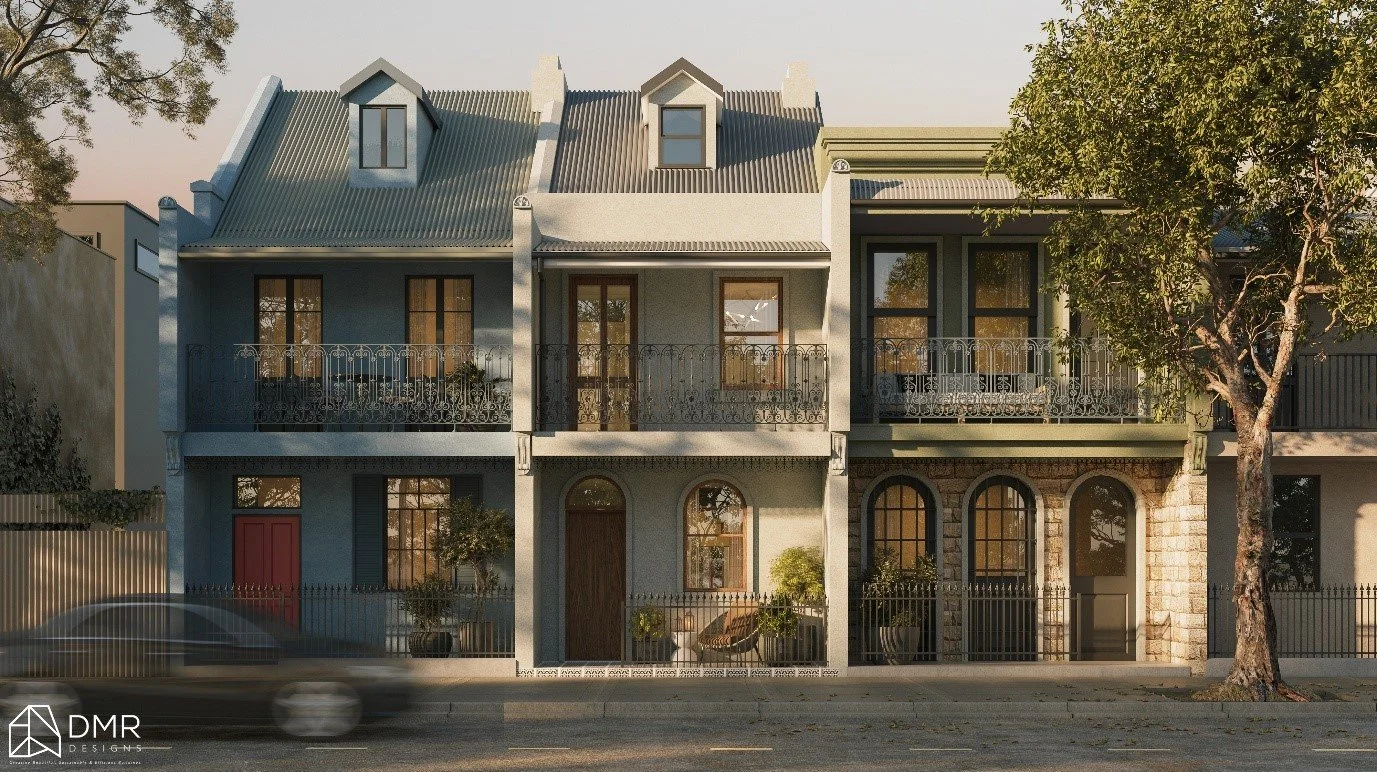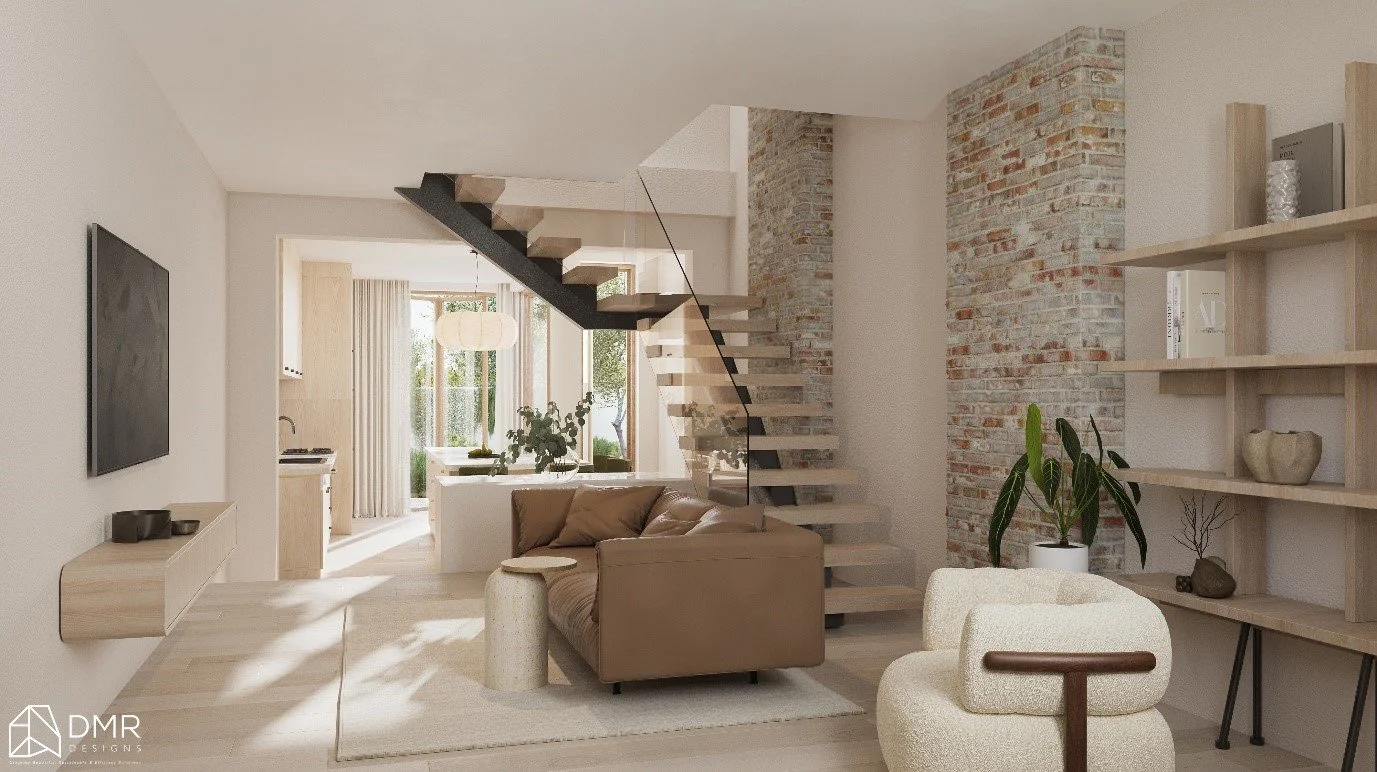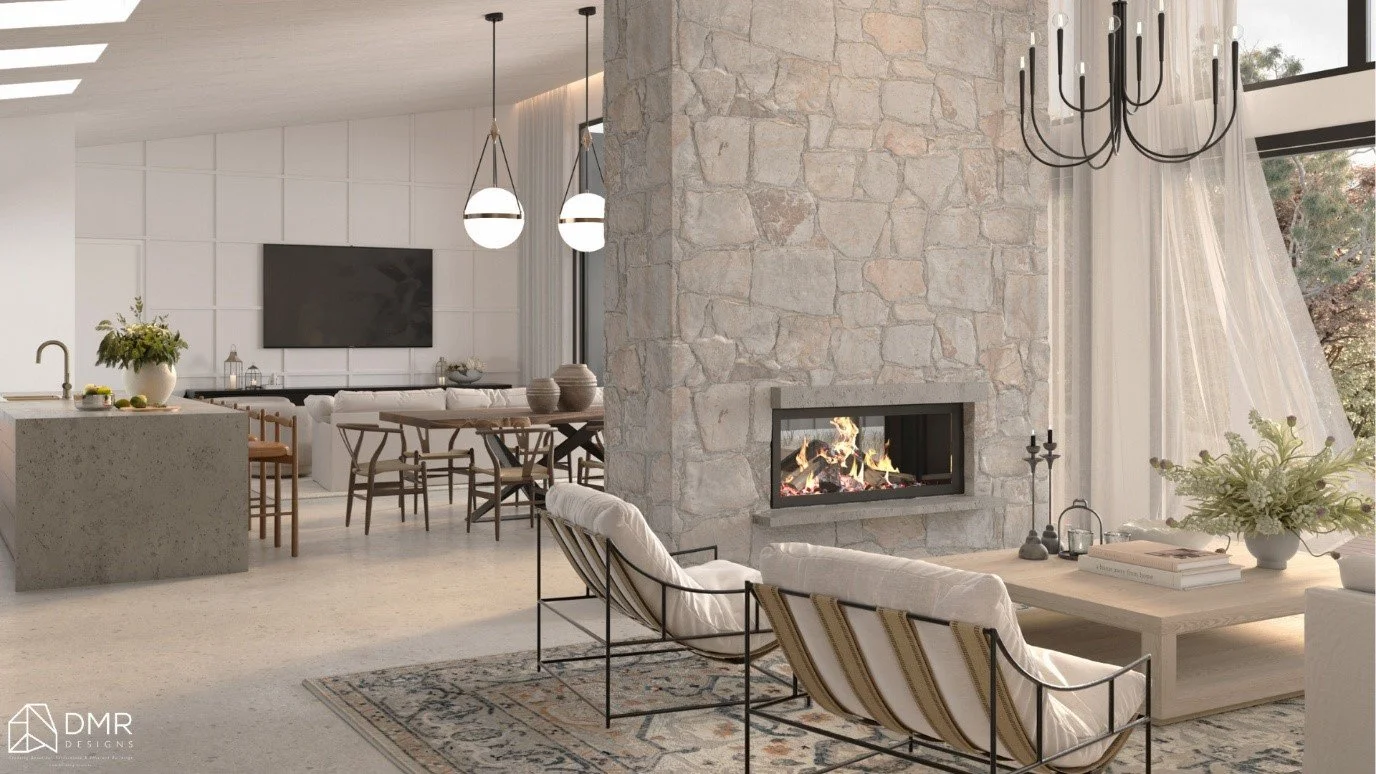When most homeowners think about interior design, they picture paint colors, furniture, or flooring. But there’s one design element that influences the atmosphere of your home more than you might realize: lighting.
At DMR Designs, we believe lighting is the “silent mood-setter” of every room. With the right approach, you can make a space feel warm and inviting, bright and energizing, or soft and relaxing—all by how you layer your lighting.
Here’s how thoughtful lighting design can completely transform your home.
Why Lighting Matters More Than You Think
Lighting does far more than illuminate a room. It affects:
Mood – Warm, soft light creates comfort and calm; cooler light energizes and sharpens focus.
Function – Proper lighting supports the activities you do every day, from cooking to reading to relaxing.
Visual Appeal – Lighting highlights textures, colors, architectural details, and your favorite décor.
Space Perception – Well-placed light can make a room feel bigger, cozier, taller, or more balanced.
Without a layered approach, even a beautifully designed room can feel flat or unfinished.
The Power of Layered Lighting
Layering light means combining natural light, ambient light, task light, and accent light to create depth and dimension.
1. Natural Light: Your Home’s Best Starting Point
Natural sunlight sets the tone for the entire day. Maximizing it can:
Boost mood and energy
Make rooms feel larger
Enhance true color tones
DMR Designs often incorporates window treatments, reflective finishes, and strategic layout planning to make natural light work harder for your home.
2. Ambient Lighting: The Foundation of Every Room
Ambient lighting provides overall illumination—the “base layer” of your lighting design.
Examples include:
Ceiling fixtures
Recessed lighting
Large pendants or chandeliers
Ambient light should be soft, even, and welcoming. Warm bulbs (2700K–3000K) are ideal for most living spaces.
3. Task Lighting: Where Function Meets Style
Task lighting brightens the areas where you perform specific activities.
Think of:
Under-cabinet lighting in the kitchen
Reading lamps beside the sofa
Vanity lights in the bathroom
These lights reduce eye strain and ensure functionality without overpowering the rest of the room.
4. Accent Lighting: Your Room’s Finishing Touch
Accent lighting adds drama, interest, and dimension.
Use it to highlight:
Artwork
Bookshelves
Architectural features
Plants or textured walls
Even subtle accent lighting can elevate a room from ordinary to elegant.
Creating Warmth Through Light
The secret to a cozy home is in your light temperature and placement.
Warm lighting creates a soothing, calm environment—perfect for bedrooms, family rooms, and dining areas. A mix of table lamps, dimmers, and wall sconces can instantly soften a space and enhance ambiance.
Dimmer switches, especially, offer tremendous flexibility: bright when you need visibility, soft when you want to unwind.'
Designing With Purpose
Every home is different, and great lighting design starts with understanding how you use each space. At DMR Designs, we tailor lighting plans to match your lifestyle—ensuring each room feels comfortable, functional, and uniquely yours.
Whether you’re building new, renovating, or refreshing a single room, investing in layered lighting can transform the way you experience your home every day.
Ready to Reimagine Your Home’s Lighting?
Don’t let common myths hold you back from creating a space you truly love. If you’re planning a renovation or new build and want clarity, confidence, and expert guidance at every step, reach out to DMR Designs today.
Let’s turn your ideas into a well-designed, cost-effective, and beautifully executed reality—starting with a consultation built around your vision.



